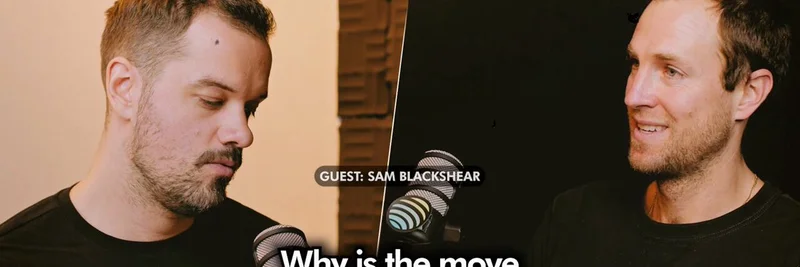In the ever-evolving world of blockchain technology, choosing the right programming language can make all the difference. Recently, a tweet from MR SHIFT 🦁 (@KevinWSHPod) highlighted a fascinating discussion on the "When Shift Happens" podcast, featuring Sam Blackshear, a prominent figure in the blockchain community. The topic? Why the Move language is considered the best for blockchain development. Let's dive into the details and explore what makes Move stand out.
The Safety Advantage of Move
One of the key points raised in the podcast is the importance of safety in smart contracts. Sam Blackshear emphasizes that "safety is the most important thing in smart contracts," and Move is designed to be the safest language out there. But what does this mean for developers and the broader blockchain ecosystem?
Move was initially developed for the Diem blockchain (formerly known as Libra) and has since been adopted by projects like Sui Network. Its design focuses on providing a secure, sandboxed environment for programming, which is crucial for handling digital assets. The language's resource types and move semantics ensure that assets are managed and transferred securely, reducing the risk of vulnerabilities that could lead to hacks or financial losses.
Developer Experience and Productivity
Beyond safety, the appeal of Move lies in its developer experience. Blackshear notes that developers often feel a unique connection with the language, describing it as a "thought partner." This sentiment is echoed in the tweet, which states, "They try Move and say, ‘This thing understands me.’"
This intuitive feel is not just about comfort; it's about productivity. Move allows developers to focus more on business logic and less on low-level details. For instance, a Chief Technology Officer (CTO) might appreciate Move for its ability to simplify complex operations, making it easier to pitch to stakeholders. Meanwhile, programmers find that Move's type safety and abstractions help them write code more efficiently, understanding their intentions and reducing the cognitive load.
A Language That Evolves with the Ecosystem
The discussion also touches on Move's versatility. Originally designed for Diem, Move has found a new home in Sui Network and other projects like Walrus Protocol. Its ability to adapt to different blockchain environments while maintaining its core principles of safety and efficiency makes it a universal choice for smart contract programming.
Moreover, Move's design is inspired by languages like Rust, which are known for their strong type systems and ownership models. This influence ensures that Move provides the necessary abstractions around ownership and scarcity, mirroring the physical world's constraints on digital assets. As Blackshear puts it, "You want those basic safety guarantees," and Move delivers just that.
Looking Ahead
The podcast episode, set to be released tomorrow, promises to delve deeper into these insights. For those interested in the future of blockchain development, understanding Move's role is crucial. It's not just a tool; it's a paradigm shift in how we approach programming for decentralized systems.
Whether you're a seasoned blockchain developer or just starting out, the Move language offers a compelling case for why safety, productivity, and intuition should be at the forefront of your toolkit. As the blockchain space continues to grow, languages like Move will play a pivotal role in shaping secure and scalable applications.
Stay tuned for the full podcast episode on Spotify and YouTube, and keep an eye on Mysten Labs, Sui Network, and Walrus Protocol for more updates on Move's journey in the blockchain world.


